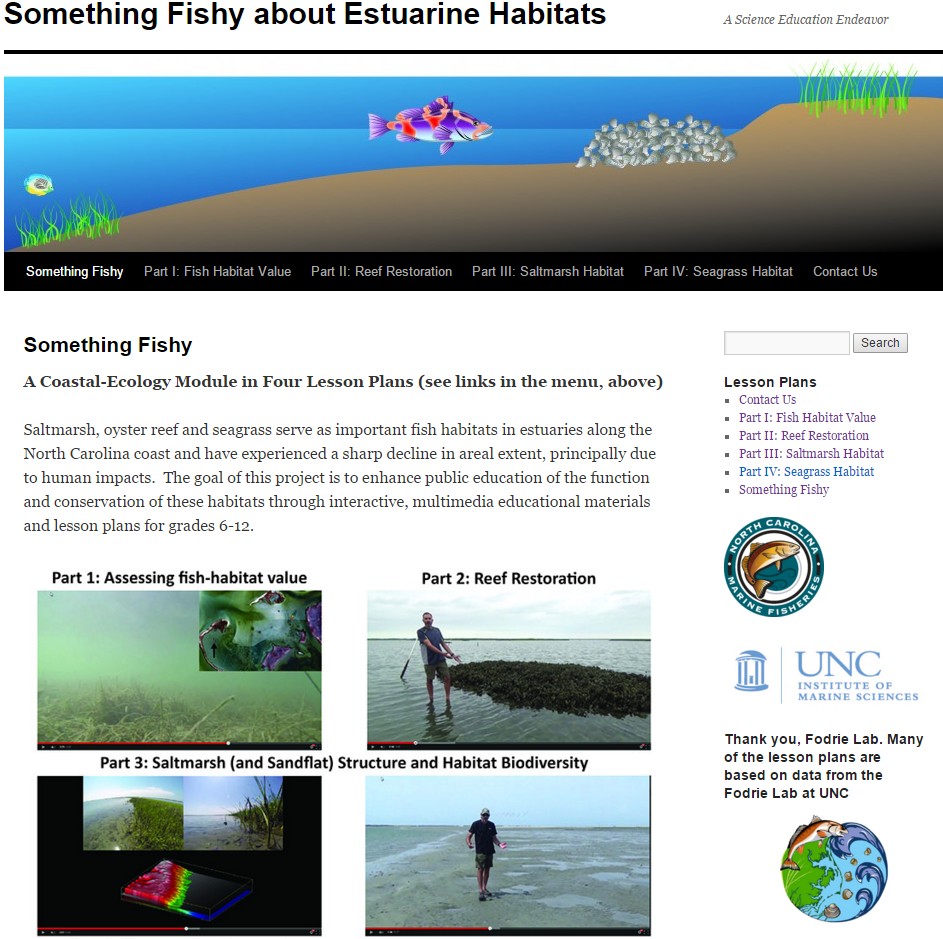This post is to help the IE 2018 class prepare for their first exam. It’s been a tough semester filled with large storms, evacuations, and modifications. I thought this information would be helpful because when classes are on a field trip experiencing the beauty of the NC coast and the natural environment, it can be difficult to remember the lessons learned and the context of the observations made. We visited two saltmarsh sites at Cheeseman Inlet, an ephemeral flood-tidal delta that formed about 200 years ago in Bogue Sound. Watch the movie and look at the cores from both sites to help you remember the marshes we observed and what that means in terms of sea-level rise and changing environments through time.




